ANIMATED LANDSCAPES is a performative work made of ephemeral geometries painted in the landscape.
The landscape is crossed by theoretical, ephemeral actions. Environmental actions underline physical features and geometries, born from the meeting of human architectures and those of the territory. This idea starts from my practice: to immortalise a precise time frame, the pictorial materialization of the time spent to create the work of art itself. A research that enhances the gradual aspect, the experience of painting in its becoming, in relation with the physical space that hosts it.
An unspecified number of actions is produced after the exploration of the landscapes and the architectures that surround cities, amassing materials around which it is built aesthetically the idea of an exhibition meant to be the reflection of performative actions on the landscape. Studying the urban fabric of a metropolis, wandering without a destination, observing and photographing marginal and abnormal facts, looking for the serendipity effect, supposes the will of a deep transformation and a methodological and conceptual revision, recovered by some scholars of flânerie as a method of research in the field of visual sociology.
Territories, chosen from time to time, for their specific anthropological and environmental characteristics, are investigated and described through the creation of aspects, forms and geometrical compositions made with materials connected with the territory and they are filmed in zenithal mode by a drone.
These animations are real performances, made directly by me with the help of local volunteers, and filmed during the development.
The creation of these environmental choreographies exalts the performative aspect of the project and it exalts also the narration of the landscape.
The animation of signs is created in real time by the participants, that following a preordained scheme, spread the material in the space, creating ephemeral compositions that speak with those made by nature.
The zenithal point of view make humans disappear, it looks like signs are created independently in the landscape.
The will of gathering ephemeral land art and participation comes from the intention of create social interactions among the artist and those who live in the places where performances are carried out daily, involving people as the engine of the creation of signs in the territory. Through the use of choreography, that coordinates the people involved, signs are created on the terrain and the action of visual dialogue with the landscape starts.
it’s a living land art, that quickly becomes a pretext to activate social interactions, showing a cross section of modern urbanisation and its dialogue with undeveloped areas; not only a reflection on the aesthetical content ot the work of art, but a radical shift of attention from the “final product” to the creative act.
With this change of prospective the permeation of painting, photography, video and human interaction, wants to find new interpretations of the artistic action innate in the space.
Therefore the physical base of the exhibition comes from coordinated actions and choreographies in the territory: starting from the aerial shooting of the areas we create a video and photographic archive to use for the creation of monotypes and pictures of large format retouched manually with pictorial interventions and signs.
Taking the cue from artists such as Francis Alys for his experiential approach, Norman Mc Claren for his pioneering use of animation and abstract frame by frame, Eadweard Muybridge as the inventor and experimenter of the frame as a temporal unit and Robin Rhode as his contemporary disciple, focalised on the use of sequence as narrative instrument, the project is placed in a line of research that starts from the half of the nineteenth century up to today.
The main character will always be the territory and the inspiration it produces.
The crossing is the first act of research.
“The idea of process within 2501’s visual language doesn’t directly question the gesture, the chosen space, or the surfaces involved. Instead, it is the representation of that very same time and space, developed and occupied. The juxtaposition, the comparison, and, in part, the definition itself of the time the act of painting requires are essential to the artist. It is not a coincidence that Nomadic Experiment is characterised by a documentary component and by an authorial one, an intangible archive for all intent and purposes, a virtual location to identify video testaments functional to the reconstruction of the project realisation in its entirety. Piecing all the fragments back together, what is instantly evident is that they function as a synecdoche, that is a part representing the whole, a single ‘appearance’ of sort capable of restoring the absolute sense of the artist’s will.” from LEARNING FROM 2501 by Fabiola Naldi
Scroll below for more photos of 2501’s installation.
The works are showcased from 29 April to 25 June 2022 in the courtyard of Palazzo Brami at Spazio C21, Italy.




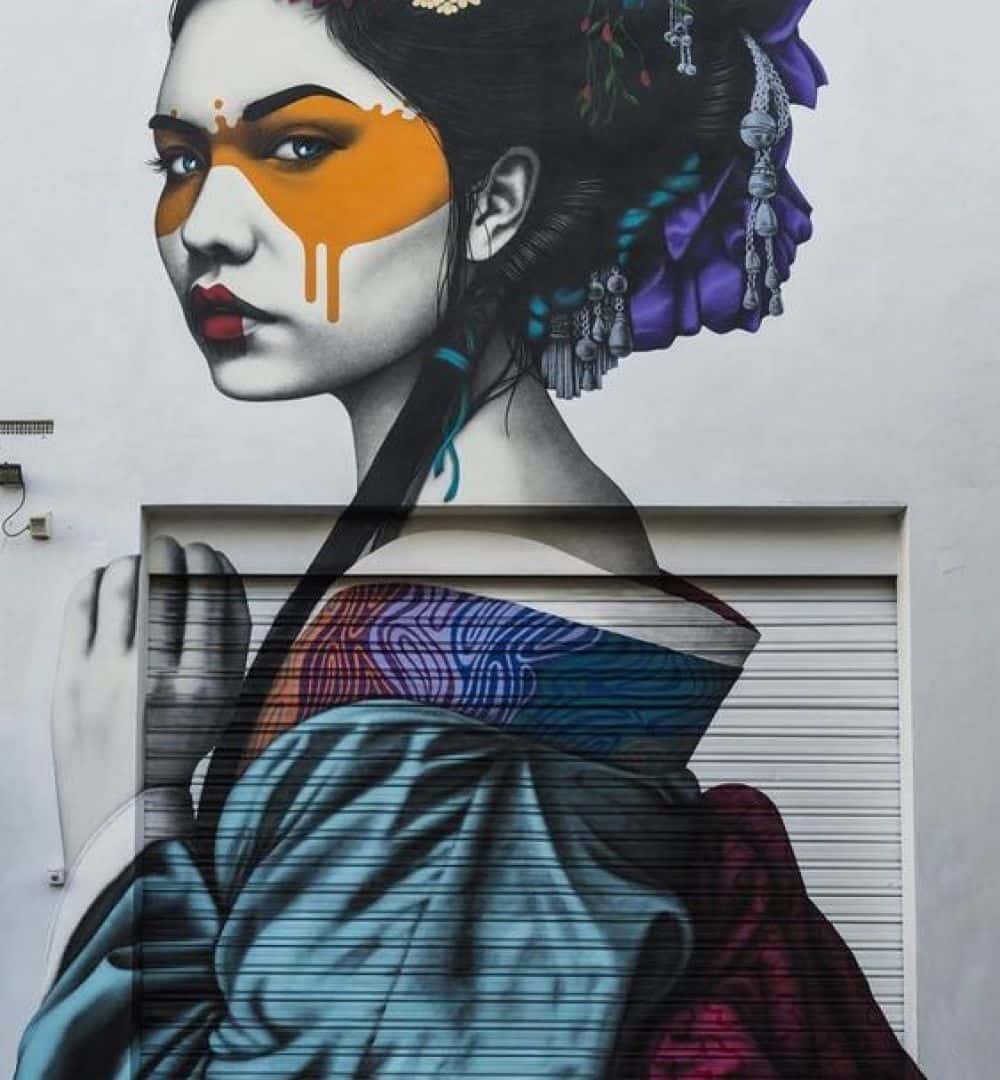













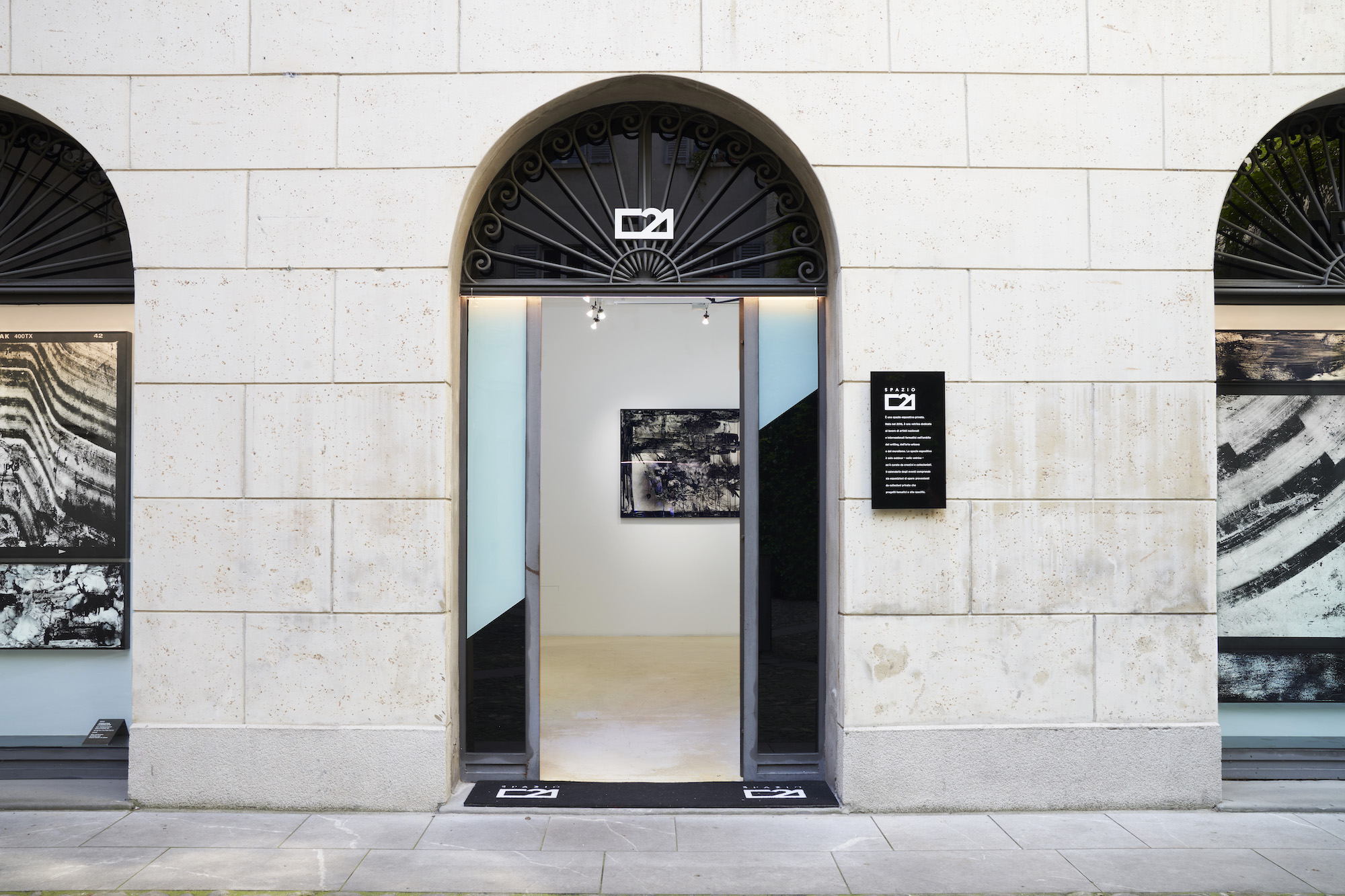



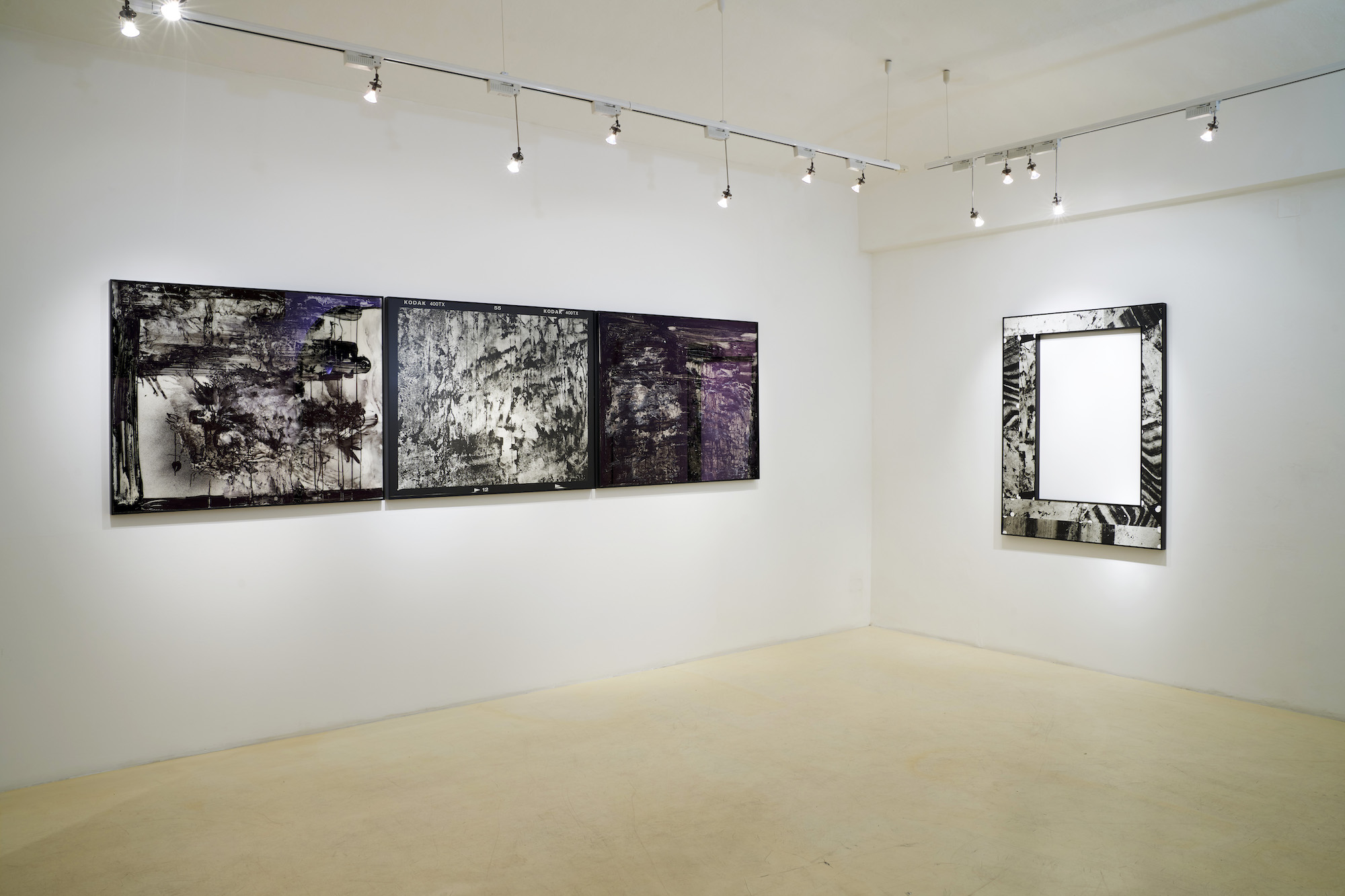

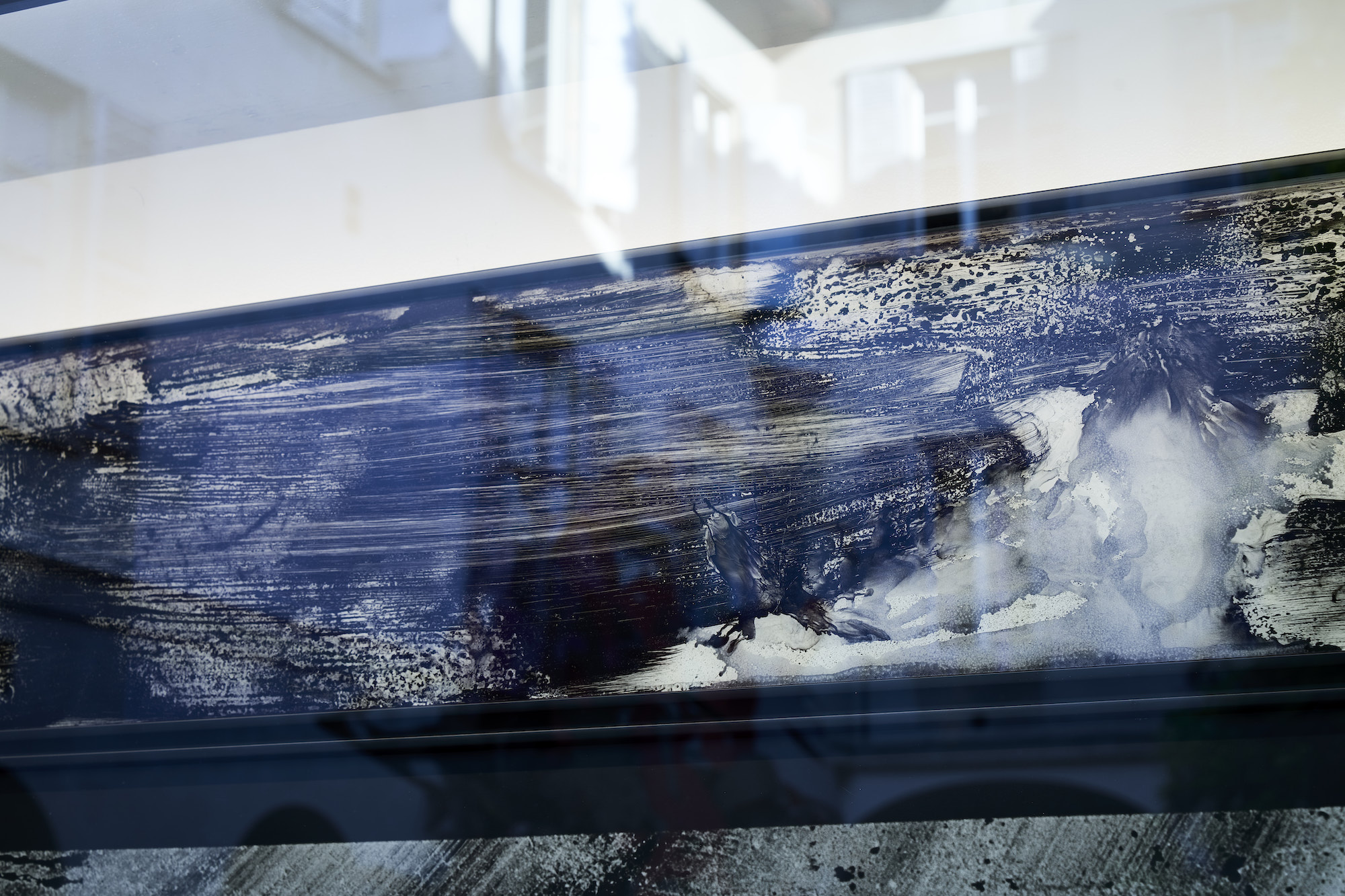






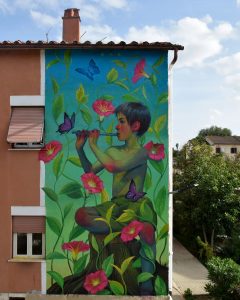













comment